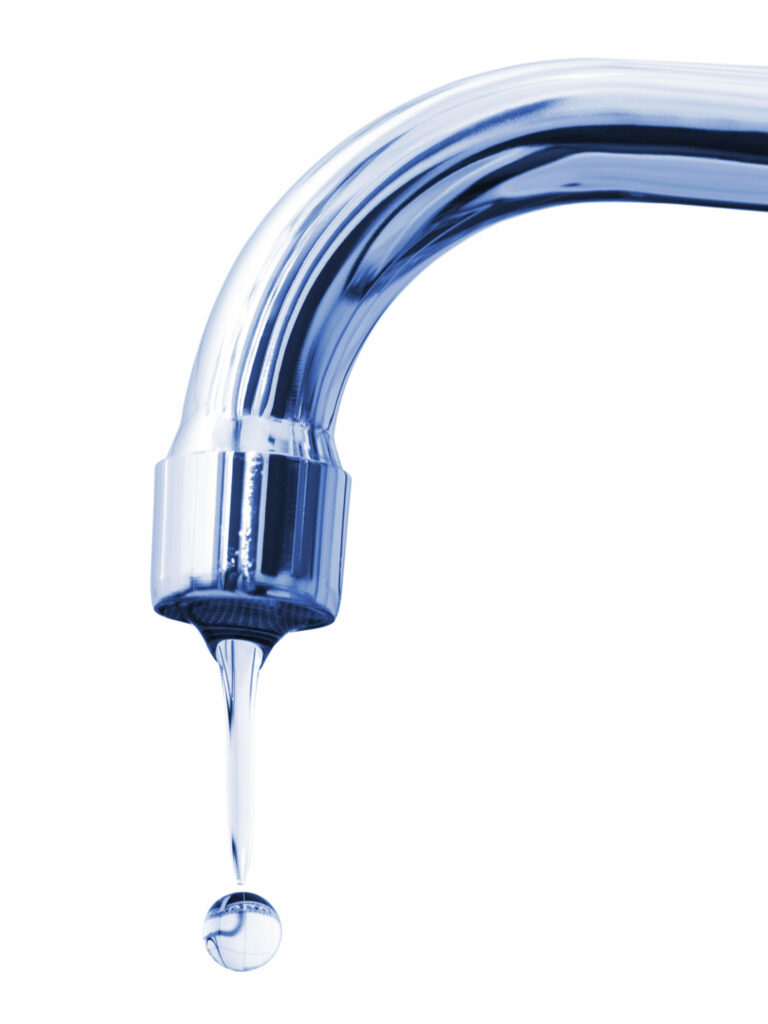Reverse Osmosis Sarasota
You have many options available to you for purifying and filtering your home’s water. Absorption filters are among the most common, but they cannot treat all the pollutants flowing through the water that enters your house. To deal with tiny contaminants, you might need a Sarasota plumber to install a more powerful water treatment device. In many cases, a reverse osmosis filtration system will do the job.
The Sarasota water treatment professionals from Wimpy’s Plumbing & Air offer complete services for reverse osmosis systems.
Why choose Wimpy’s for your Sarasota area Water Filtration needs?
- Our employees are fully-trained & licensed technicians so you can trust we get the job done right.
- We’ll show up on time and work hard to get you the very best solution to your problem.
- We’ve been trusted in the community for 52 years!
How Can We Help?
Call us today for all your Water Filtration needs!

Contaminants Sarasota Reverse Osmosis Systems Remove
The semipermeable membrane can remove more dissolved inorganic solids from water than a standard whole home water filter in Sarasota, trapping pollutants down to .001 microns in size. Here are some of the impurities that these systems will block from entering your freshwater plumbing: sodium, iron, zinc, cadmium, mercy, arsenic, magnesium, nickel, cyanide, fluoride, nitrate, potassium, phosphate, iron, calcium, and chloride. Many of these impurities will slip through standard filters, but a reverse osmosis filter can stop them.
- magnesium
- nickel
- cyanide
- fluoride
- sodium
- iron
- zinc
- cadmium
- nitrate
- potassium
- phosphate
- iron
- calcium
- chloride
- mercy
- arsenic
How Reverse Osmosis in Sarasota Work
The scientific principle behind these systems is osmosis, which is the movement of molecules through a semipermeable membrane into an area of lower concentration. In practice, a reverse osmosis system is placed onto the water line entering the house, where it creates two areas of differing pressure with a membrane about the thickness of cellophane between them. The incoming water is at higher pressure, and osmosis forces it through the semipermeable membrane. The membrane only allows water to pass through it, however, and traps impurities on the other side. The impurities are flushed out, and clean water continues through the water pipes.
Sarasota Reverse Osmosis Installation
You cannot install or service one yourself unless you have professional training. When you think your home needs water treatment that’s more powerful than a few filters attached to faucets, call Wimpy’s Plumbing & Air. We have water treatment specialists who will help you with finding a reverse osmosis system that will eliminate the worries you have regarding your water.
Reverse Osmosis Repair Sarasota
Our Sarasota water treatment experts at Wimpy’s Plumbing & Air also provide complete services for repairs. Although these are powerful devices manufactured with the best technology, they can still suffer from occasional faults, and when this happens you must call in professionals. Should you encounter any operating trouble with yours, give us a call.
Sarasota Reverse Osmosis Maintenance
Reverse osmosis filtration systems require regular maintenance visits. Give us a call and we’ll take care of it. Like many filtration systems, reverse osmosis filters need to have routine maintenance in order to keep them working their best and to flush out any impurities caught in the membrane.

